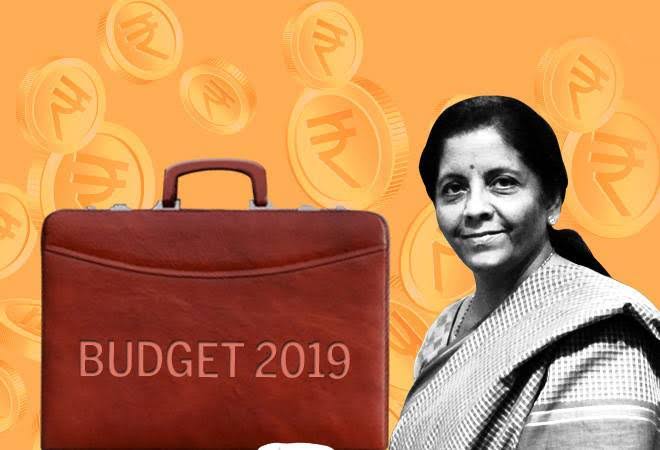Revenue mobilisation is the single biggest impediment in the investment and consumption oriented budget announced on Friday.
Reliance Securities’ prognosis is that the GST collections have been below estimate for FY20 at Rs 1,050 billion against government’s expectation of Rs 1,150 billion per month. The GST Council also undertook rationalisation of higher tax rates (28 per cent) bracket by bringing these down for 200 commodities since the inception of the GST.
Consequently, the government has revised its estimate downwards for FY20 to Rs 6,633 billion from Rs 7,612 billion in the interim estimates, citing a shortfall of Rs 980 billion.
Other measures relating to the GST on electric vehicles from 12 per cent to 5 per cent shall impact the collections. As per our expectations, the government also announced simpler compliance norms for smaller tax payers with a view to increase compliance thereby increasing GST collections.
Consequently, for FY20 the government has projected a growth rate of 4 per cent in GST collections YoY. However, actual GST collections for FY19 look at an aggressive growth rate of 14.1 per cent.
In our view, there could be a slippage of Rs 200-300 billion, in addition to revised drawdown from the government in GST collections given the average collection rate in the current year of Rs 1,050 billion per month against the required Rs 1,150 billion.
The government’s estimate of revenue from custom duties has increased by 20 per cent YoY on account of increase in customs duties on non-essential items as well as other strategic commodities to protect the interest of the Indian industry.
In our view, the estimation is on the higher side since we expect imports to come down on account of the government’s recent steps to curb the current account deficit. Also, concerns of slowing global trade are expected to have an impact on the India’s trade flow. The budgeted revenue from excise duties for FY20 has increased by Rs 400 billion, marking an increase of 15.6 per cent YoY.
Consequently, total net tax revenue is estimated to increase by 13.5 per cent YoY. Actual net tax receipts for FY19 amounted to Rs 13,170 billion, implying a shortfall of Rs1,675 billion from the estimates.
Looking at the actual figure, net tax receipts for FY20 have been budgeted at Rs 16,496 billion marking an increase of 25.3 per cent YoY on actual basis. This print looks aggressive in the context of efficiency in collection of taxes. A total shortfall of Rs 1,000-1,500 billion can impact the fiscal deficit by 20-40bps.
Non-tax revenue is estimated to increase by 27.7 per cent YoY to Rs 3,132 billion owing to increase in the RBI dividend and other interest receipts. The government achieved its non-tax revenue for FY19.
The government has shown confidence in achieving the expected to divestment target of Rs 1,050 billion for FY20. Strategic divestments such as Air India are proposed to be taken in the current year. Since the government exceeded the target in FY19, we feel it will be able to achieve it for FY20 as well.


